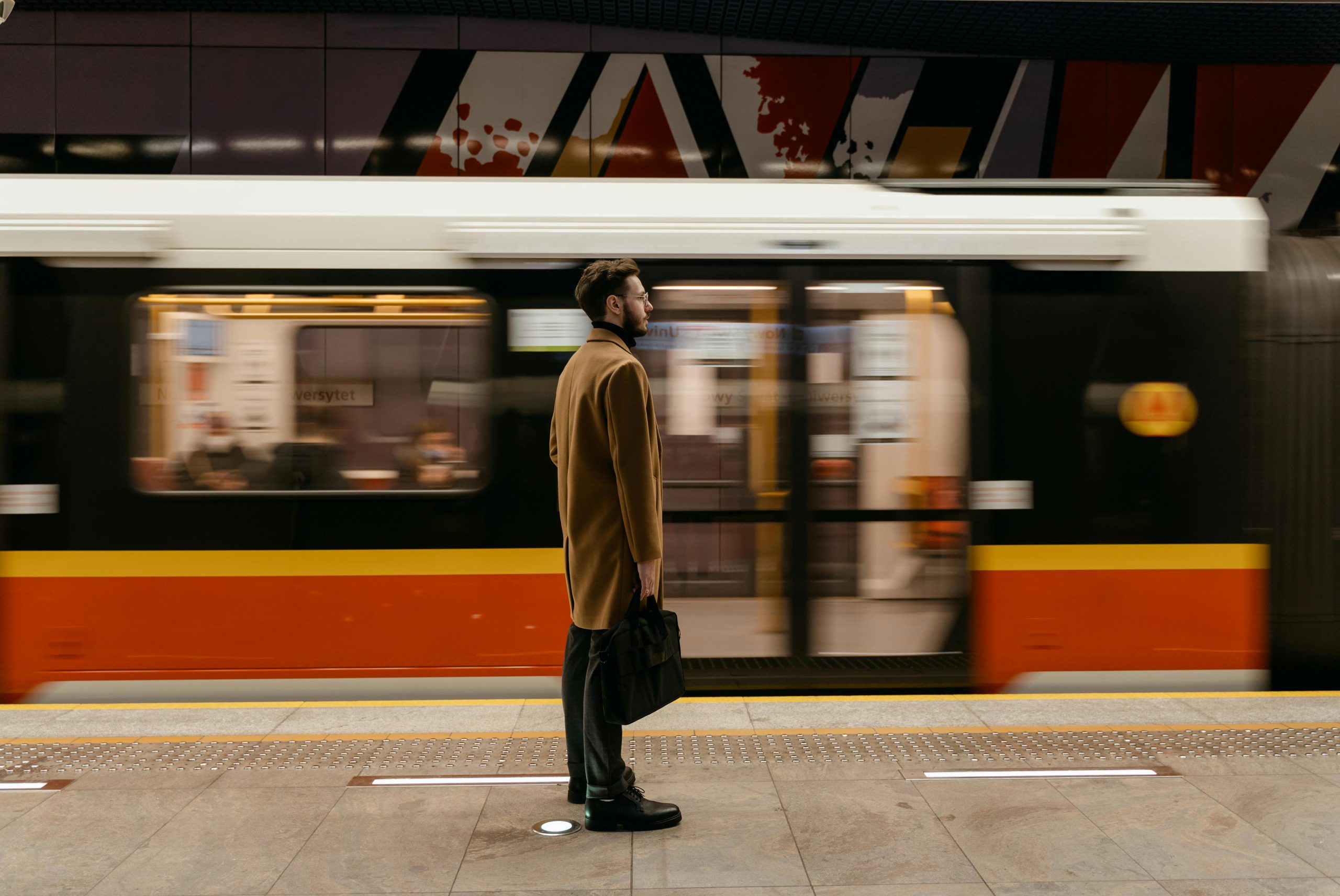Ensuring Passenger Safety: Do Underground Train Drivers Know When Someone Falls Between the Platform and the Carriage?
Experiencing a near-miss in a bustling underground station can be unsettling and raises important questions about passenger safety protocols. Recently, I found myself in such a situation at Tower Hill Station, where I accidentally slipped into the space between the train carriage and the platform — more of a trench than a mere gap. Fortunately, with the assistance of two fellow passengers, I managed to extricate myself unharmed. However, this incident prompted me to wonder: how do train operators know if someone has fallen between the platform and the train? Are they aware of such incidents in real-time, or could the train begin moving unknowingly, risking further injury?
The Safety Measures in Place on London’s Tube System
London Underground and other metro systems worldwide prioritize safety through multiple layers of measures. Typically, stations are equipped with visual and auditory signaling systems intended to alert train drivers of any hazards ahead. Platform staff, when present, play a crucial role by communicating directly with train operators, especially in situations requiring immediate attention.
How Do Train Drivers Detect Obstructions or Passengers in the Gap?
In most underground systems, train operators rely on several mechanisms to ensure safe departure:
- Visual Confirmation: Drivers observe the platform and train surroundings via onboard cameras, mirrors, or direct visibility where possible.
- Station Staff Communication: Staff members positioned on the platform can relay information about hazards or passenger incidents through radio communication.
- Automated Sensors and Signaling Systems: Modern trains often utilize sensors that detect obstructions on or near the track. However, these are generally designed to identify objects directly in the path or in front of the train, rather than gaps or spaces beneath the carriage.
Limitations and Challenges
While technological systems have improved safety, detecting someone who falls into the gap remains complex. The spacing is often close to the ground and may not trigger standard obstruction sensors. Additionally, the absence of dedicated staff on certain platforms, especially during off-peak hours, can pose a challenge for rapid incident communication.
Steps Towards Enhanced Safety
Some transit authorities are exploring or implementing measures such as:
- Platform Screen Doors: These prevent falls altogether, eliminating the gap.
- Enhanced Surveillance: Cameras and sensors specifically targeting platform edges and gaps.
- Real-Time Communication Protocols: Better integration between platform staff and train operators for swift incident reporting.
Final Thoughts
While London’s underground system strives


Insight from a London Resident on Underground Safety Measures
As a resident of London and a daily user of the Tube, I find this topic particularly important, especially given recent incidents and ongoing safety improvements. While the measures described are comprehensive, I believe it’s crucial to highlight some additional points that could enhance passenger safety even further:
Overall, combining technological upgrades with public engagement and staff training can create a more resilient safety ecosystem. It’s reassuring to see ongoing efforts, but there’s always room for further innovation and awareness to ensure London’s Underground remains as safe as
Passenger Safety and Technological Innovation
As a London resident who commutes daily, I believe that passenger safety is paramount, and continuous improvements are essential. While current systems do a commendable job, incidents like falling into the gap highlight areas where technology could further enhance safety measures.
For example, integrating advanced detection technologies such as:
Moreover, increasing the adoption of platform screen doors, as already implemented in some stations, can virtually eliminate the risk altogether. It’s also vital that staff on all platforms are equipped with real-time communication tools to swiftly respond to incidents. A combination of technological innovation, staff training, and infrastructure upgrades will go a long way in reaffirming London’s position as a leader in train safety.